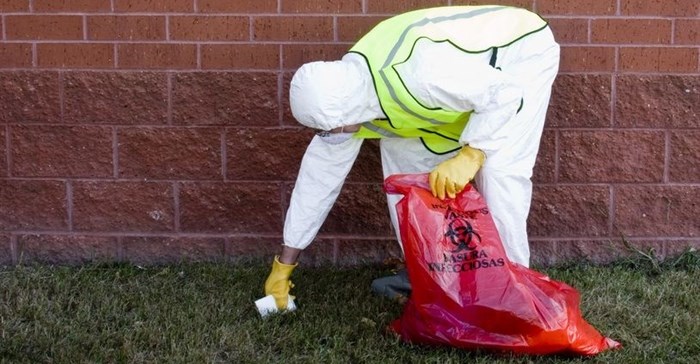Some people thought the propositions I put forward were intelligent and others felt they only covered half the story - and glossed-over a great deal.
Debate is good of course and I love it.
But it's obvious that I could only have covered half the story - it's not possible to deal with every aspect in detail when you're confined to writing less than 1,000 words at a time - which I've pointed out before. The best anyone can do (which includes myself, obviously) is to look at the general overview. Beyond that and you're in the realm of textbooks and extremely dreary presentations on minutiae.
So, undaunted, I will continue covering some other aspects of advertising which, hopefully, will make it easier for those who believe I'm not going into enough detail, to understand what I mean. This week I'm going to cover "response" as it relates to "exposures" and the first thing we have to discuss is "wastage".

Accusing a media planner of wastage is as bad as accusing a copywriter of plagiarism - maybe even worse.
Wastage refers to that section of the readers/viewers who are not part of the target market.
Thus, the person in Bloemfontein is of extremely little value to you if you're advertising a half-price offer for your restaurant in Durban tonight. Similarly, if you're advertising tampons then (presumably) most male readers exposed to the ad can be said to be "wasted".
It's incredibly difficult and highly unlikely that any media plan will not have wasted readers. It's like expecting a stockbroker to know exactly the right moment to sell a share - seconds before it declines off its apex, or throwing away the last bit of mustard in the jar because you just can't get it out.
So everyone does their best.
The desire to avoid media wastage lies in the precept that advertising is an investment - not an expense.
We want to know:
WHO do we want to reach?
WHEN is the best time to reach them?
WHERE can we find these people?
WHICH media do they consume and, of that, which is best for our message (i.e.: reach)?
WHAT is the optimum number of times they should be exposed to the message in order to invoke purchasing action? (i.e.: frequency)?
The advertising message itself should have been thoroughly researched so that we are communicating to the customer in language he understands and which will, hopefully, prompt him into action.
Having satisfied ourselves that we've answered the first four points, we can concentrate on the "what" aspect (also referred to within the question of "how much is enough?")
We've looked at various tools used for calculating budgets previously and many of those methods, by default, also cover the optimum number of exposures required. But they are invariably based on historical data (or "what's worked in the past will work again"), which is presumed to be better than sheer guess-work.
It's safe to assume that there are inherent dangers in any planning done on an historical basis.
It's also logical to assume that "awareness = sales" (in its simplest context, anyway) and that people don't buy a product until they are made aware of it (simpler still). This is the fundamental reason for advertising in the first place.
Of course, what confounds the communication sciences is that people are human - they forget.
How quickly they forget depends on a number of factors. Some are controllable (like the passage of time) and others are not controllable (like competitive activity).
In addition to all this remains the question of how many exposures are optimum. Do we accept that the popular belief of three exposures will effectively communicate the message?
If so, how much additional exposure beyond three is required to increase the "awareness = sales" ratio?
Will any increased exposure costs produce diminishing returns? Will increased awareness (sales) cost more than they're worth?
We're fairly certain that there must come a point where the additional awareness will cost more than the resultant sales it creates, which is another form of "wastage".
It really is all about "reach" and "frequency" - and the delicate balance between both.
The good news is that we can, in part anyway, plot returns on a "response curve" graph, which I look forward to sharing with you next week.
Read my blog (brewersdroop.co.za) or see what other amazing things we do at brewers.co.za
*Note that Bizcommunity staff and management do not necessarily share the views of its contributors - the opinions and statements expressed herein are solely those of the author.*
